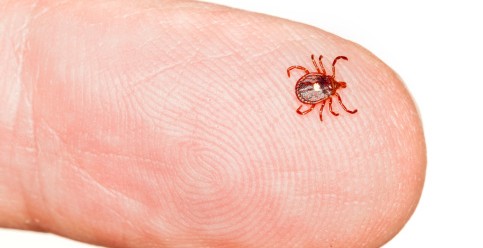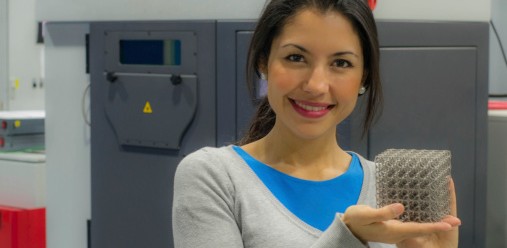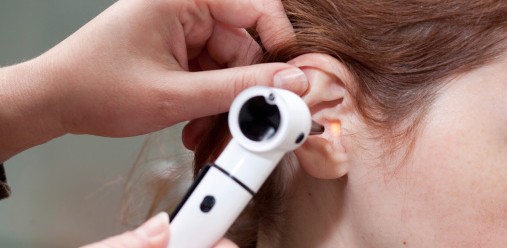A compound related to Vitamin B3 may prevent hearing loss
A recent study published in Cell Metabolism by researchers from Weill Cornell Medical College and the Gladstone Institutes have identified a simple compound that may help prevent hearing loss. The compound nicotinamide riboside (NR) is a precursor to vitamin B3.
Noise induced hearing loss is a problem that can affect anyone at any age. The National Institutes on Deafness and Other Communication Disorders (NIDCD) estimates that more than 26 million Americans between the ages of 20 and 69 suffer from noise induced hearing loss. Hearing loss can result from a one-time exposure to an intense sound or from continuous exposure to loud sounds. Continuous or prolonged exposure to sounds over 85 decibels can cause hearing loss.
The process of hearing is based on a series of events that convert sound waves into electrical signals. Vibrations travel to the inner ear causing wave like ripples within the fluid inside the cochlea. There are tiny hair cells sitting along the top of inner membrane. These hair cells move up and down pushing against the sterocilia which transmits a signal to the auditory system within the brain. It is believed that exposure to loud noise can cause to damage to the junction where the nerves and hair cells meet, resulting in hearing loss.
Previous studies had identified that a chemical compound known as nicotinamide adenine dinucleotide (NAD+), which is chemically related to NR in this study, did protect nerve cells from injury however, it is an unstable compound. Using this information, researchers tested NR in lab mice and found that regardless whether the compound was given before or after exposure, NR did prevent hearing loss. It is believed that NR increases the activity of a protein known as SIRT3 (sirtuin 3) which is located within the mitochondria of the cells and is involved in regulating function.
The results of this study appearing to be promising. The researchers believe that the compound NR may also be useful for treating other disorders that are also mediated by the activity of protein sirtuin 3 such as hypertension, diabetes, and other metabolic syndromes.
References:
National Institutes on Deafness and Other Communication Disorders (NIDCD)
Brown KD, Maqsood S, Huang JY, Pan Y, Harkcom W, Li W, Sauve A, Verdin E, Jaffrey SR. Activation of SIRT3 by the NAD+ precursor nicotinamide riboside protects from noise-induced hearing loss. Cell Metabolism. 2014 Dec 2; 20(6): 1059-1068.








